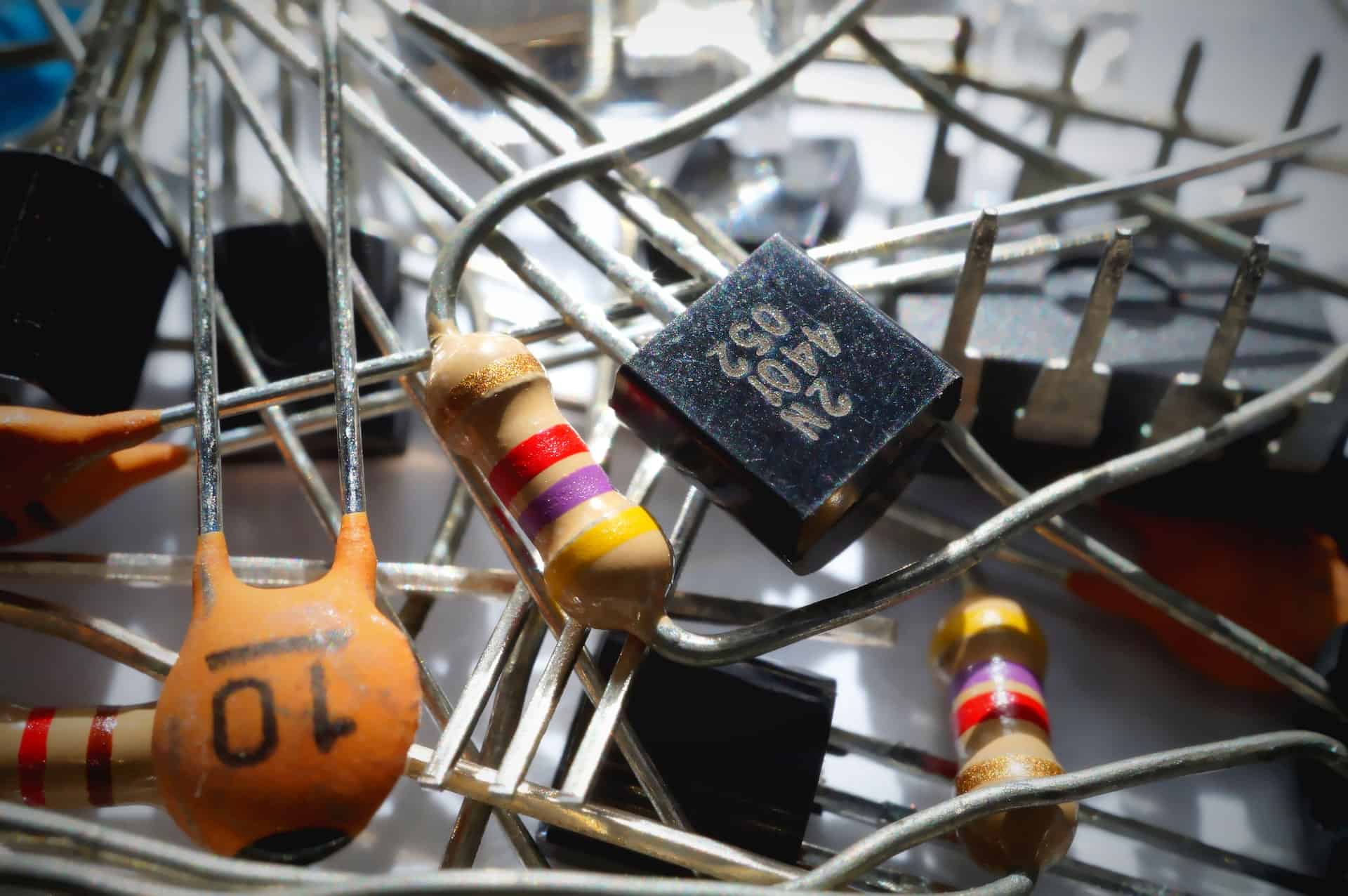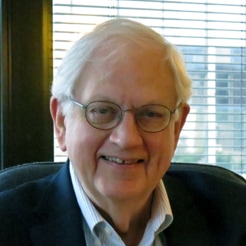
The Transistor, Nuclear Fusion, and Hope for the Future
When I was young, I joined the U.S. Navy to “see the world” as the saying goes. I was sent to Electronics Technician School in Great Lakes, Illinois, for 52 weeks of technical training where I learned all about electronic theory; the practicalities of building a radio; and the workings of sophisticated transmitters and receivers, radars, and sonars. During the last week of that training we learned about transistors. All the electronic equipment the U.S. Navy used back then – along with televisions the public used – were built around vacuum tube technology. I never thought I would have much use for transistors.
But I was wrong. It turns out that today’s world could hardly exist without building on those first, simple transistors. Today’s transistors are basically the same with the same function only smaller. They are semi-conductor electronic switches with a simple function: turn on-turn off. They are now called microchips and power the world. Not much of our economy, or the world’s developed economies, can live without them. The story of the simple transistor is a prime example of how technology impacts the planet and its human race in a positive way, places men on the moon, and allows us to investigate the universe in pursuit of its origins. Unfortunately, technology can also be used for frightening weapons of mass destruction.
The big, breaking story related to technology in the news today regards the first ever successful test of nuclear fusion – producing an atomic reaction that created more energy output than went into creating it. With this news, however, much commentary immediately cautioned us that it will take many, many years (decades?) to make the process viable enough to replace fossil fuels as a main source of energy to bring climate change under control.
In his book “How to Avoid a Climate Disaster: The Solutions We Have and the Breakthroughs We Need,” Bill Gates listed 18 technologies that could be part of the solution to bringing climate change under control by 2050. They included hydrogen produced without emitting carbon, grid-scale electricity storage that can last a full season, electrofuels, advanced biofuels, zero-carbon cement, zero-carbon steel, plant and cell-based meat and dairy, zero-carbon fertilizer, carbon capture, underground electricity transmission, zero-carbon plastics, geothermal energy, pumped hydro, thermal storage, drought and flood tolerant food crops, zero-carbon alternatives to palm oil, coolants that don’t contain F-gases, next generation nuclear fission, and last but not least nuclear fusion.
So, do I think that climate change can be controlled? Yes, I do. Do I think that nuclear fusion will be a major part of it? Absolutely. When? Sooner than you think. Why? Because I believe in the incredible potential of technology and innovation. And I remember the transistor.
- About the Author
- Latest Posts
Thomas C. England, ME&A’s Chief for Strategy and Innovation, has more than 40 years of experience in policy and management positions in both the public and private sector with specific expertise in international development programs. He is one of ME&A’s co-founders and served as CEO and President, and as Chairman of the Board of Directors, for more than 30 years.



